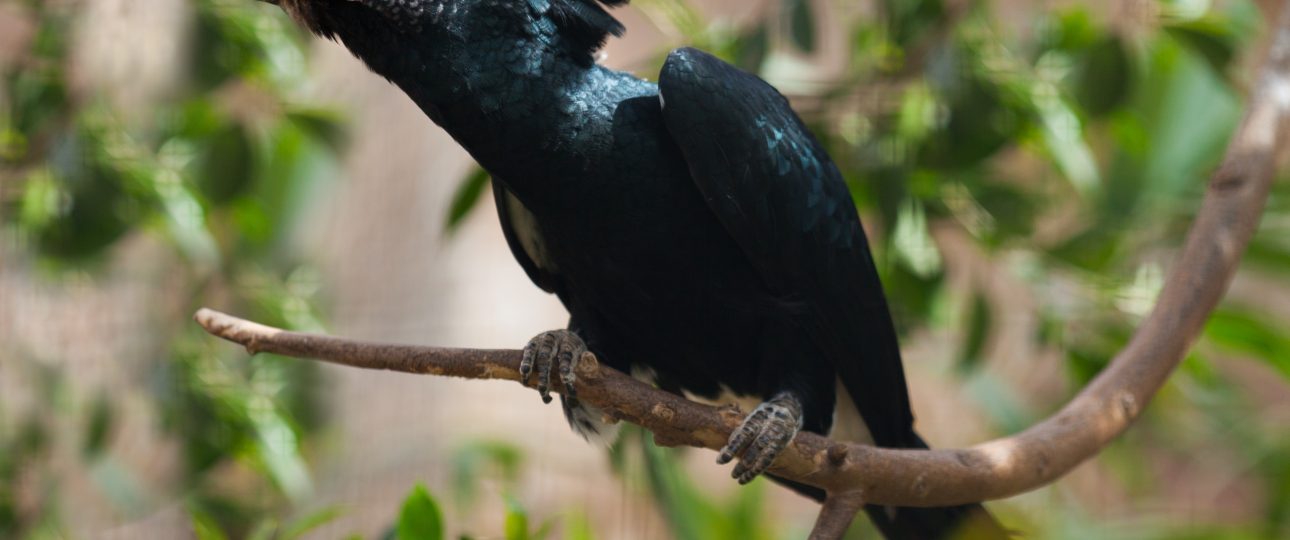Welcome to Zimbabwe, a country where the skies come alive with a vibrant tapestry of winged wonders. With striking plumage, we have selected a few remarkable birds that exemplify the rich biodiversity that makes Zimbabwe a haven for bird enthusiasts to witness the avian treasures that grace and sour as symbols of majesty and mastery of the country’s open skies. Join us on a journey to discover the fascinating world of Zimbabwean birds, where each feathered inhabitant tells a story of resilience, grace, and the untamed beauty of our natural wonders.
The African Harrier Hawk (Polyboroides typus)
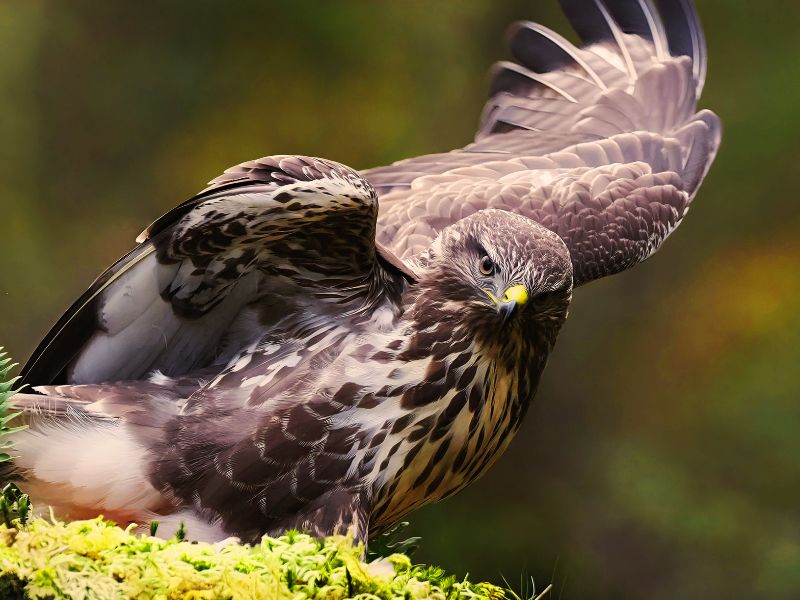
Also known as the Gymnogene, is a distinctive bird of prey native to sub-Saharan Africa. The African Harrier Hawk is medium-sized with striking plumage. It has predominantly grey feathers, a white rump, and a distinctive facial mask with bare, reddish skin. It thrives in various habitats, including woodlands, savannas, and open plains. In some African cultures, the harrier hawk is associated with mystical qualities and is a symbol of vigilance and adaptability. This raptor is specialized in searching for food in tree bark and cavities. Its long, double-jointed legs and slender toes allow it to reach into small openings to extract prey, which often includes insects, birds, and small mammals.
Conservation Status: The harrier hawk is not considered globally threatened, and its adaptability to various habitats contributes to its stable population.
The Grey Go-away-bird (Corythaixoides concolor)
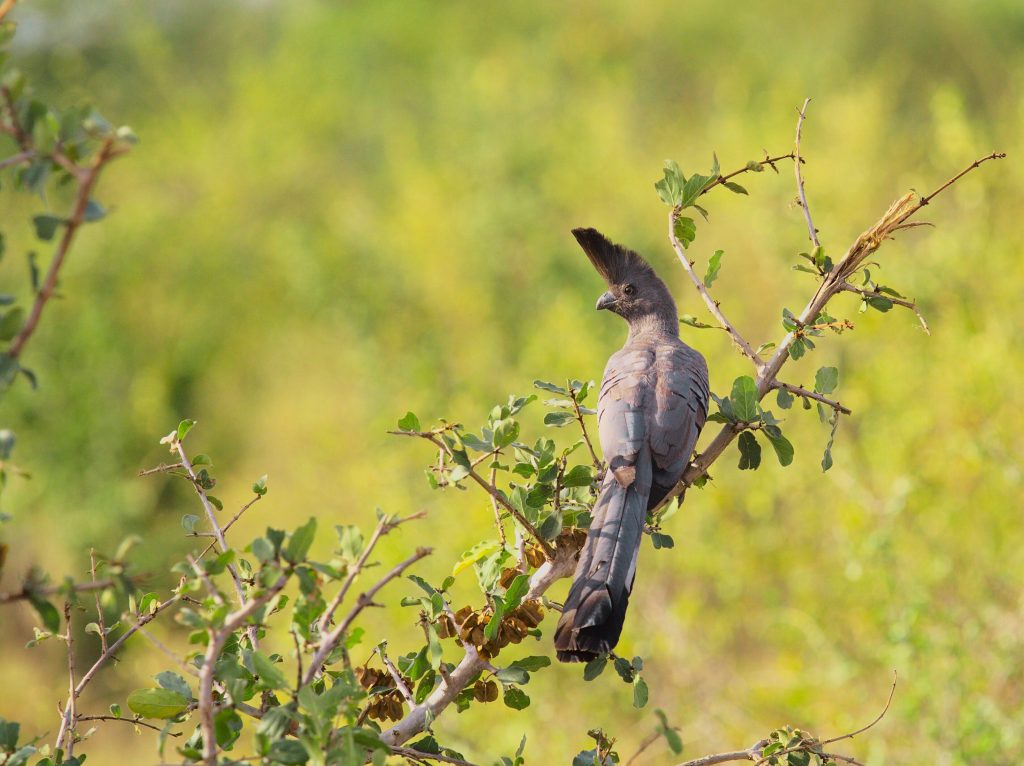
Also known as Grey Lourie, is a distinctive bird species native to Zimbabwe. This bird is characterized by its large size and unique coloration. It has predominantly grey plumage with a darker grey cap on the head and a prominent black facial mask. The Grey Go-away is known for its conspicuous, erectile crest on the head. The crest is often raised when the bird is excited or alarmed. bird is known for its distinctive, repetitive call that sounds like it’s saying, “Go away,” which gives it its common name. The diet primarily consists of fruits, leaves, and flowers, making it a frugivore. In some African cultures, the Grey Go-away is associated with superstitions and considered a messenger, with its distinctive call believed to foretell events or convey messages.
Conservation Status: The Grey Go-away-bird is not considered globally threatened, and its population is generally stable.
The Silvery-cheeked Hornbill (Bycanistes brevis)
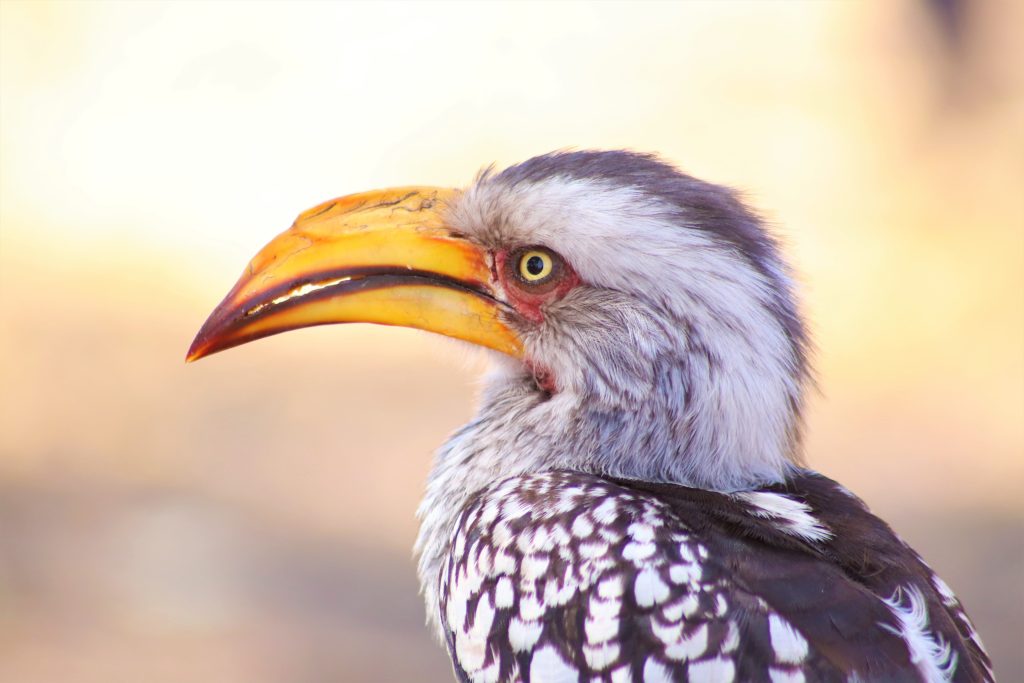
Is a charismatic avian resident of the Zimbabwean woodlands. With a defining feature, its striking silvery-white facial markings set against dark plumage give it an unmistakable and regal appearance. Among the larger hornbill species, it showcases an impressive size with a notable, curved bill. Silvery-cheeked Hornbills are cavity-nesters, utilizing tree hollows for nesting and roosting. A frugivore by nature, its diet predominantly consists of fruits, but it also supplements with insects and small animals. The vocal repertoire includes a loud and raucous call, often heard in the treetops, contributing to the soundscape of its habitat. In various African cultures, the Silvery-cheeked Hornbill is celebrated for its majestic appearance and is sometimes associated with symbolism and folklore.
Conservation Status: While not currently classified as globally threatened, the Silvery-cheeked Hornbill faces habitat loss challenges, emphasizing the importance of conservation efforts.
Ecological Role: Playing a vital role as seed dispersers, these hornbills contribute to the regeneration of the forests by spreading seeds through their feeding habits.
The Bateleur Eagle (Terathopius ecaudatus)
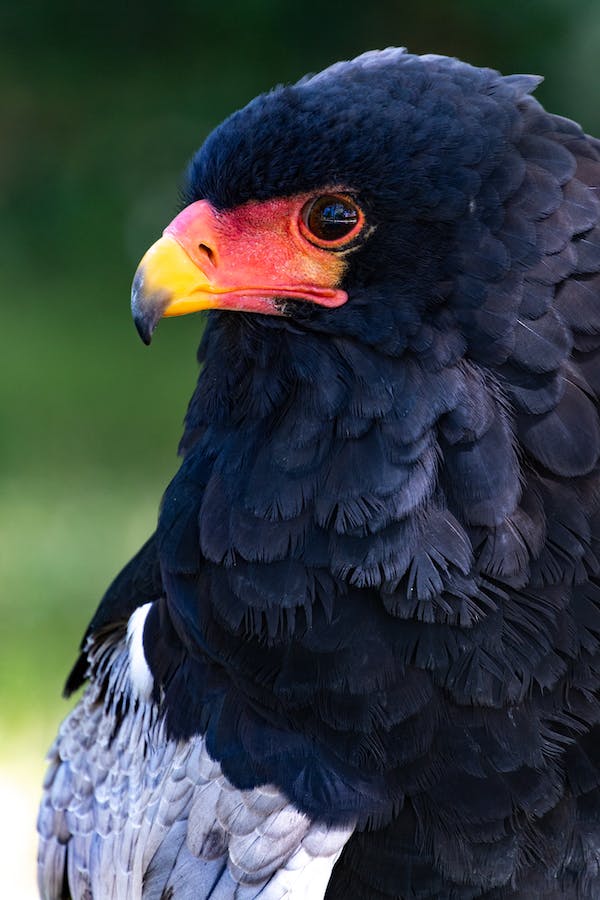
The Bateleur is a distinctive and striking bird of prey found in Zimbabwe. Known for its colourful plumage and unmistakable aerial displays, the Bateleur is easily recognizable in the Zimbabwean skies. The name “Bateleur” is derived from the French word for tightrope walker, describing the bird’s characteristic tilting flight. It is often spotted in savannas, open woodlands, and other open habitats. These eagles are skilled hunters, preying on a variety of small to medium-sized mammals, birds, and reptiles.
Ecological Role: The Bateleur plays a crucial role in maintaining the balance of the ecosystem by controlling populations of certain prey species.
Conservation Status: Despite its captivating appearance and impressive flying abilities, the Bateleur Eagle, like many other raptors, faces threats such as habitat loss and human-wildlife conflict.
The Secretary Bird, (Sagittarius serpentarius)
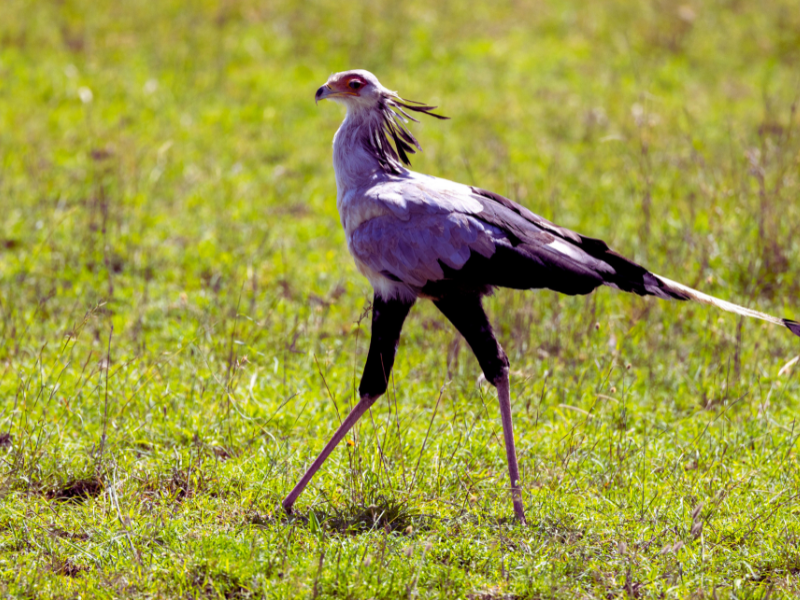
An elegant and distinctive resident of the country’s grasslands, commands attention with its striking appearance and fascinating behaviors. Standing tall at over four feet, this raptor boasts a unique crest of quill-like feathers on its head, resembling an old-fashioned quill tucked behind the ear, which adds to its regal demeanor. Wearing a combination of ash-grey plumage and contrasting black flight feathers, the Secretary Bird’s long, slender legs give it an unmistakable presence. The Secretary’s hunting technique is a spectacle to behold. Witnessing this display of hunting prowess is a testament to the remarkable adaptations that make the Secretary is a true icon of the southern African’s avian landscape. Rodents and snakes are the main diets.
Conservation status: Vulnerable

